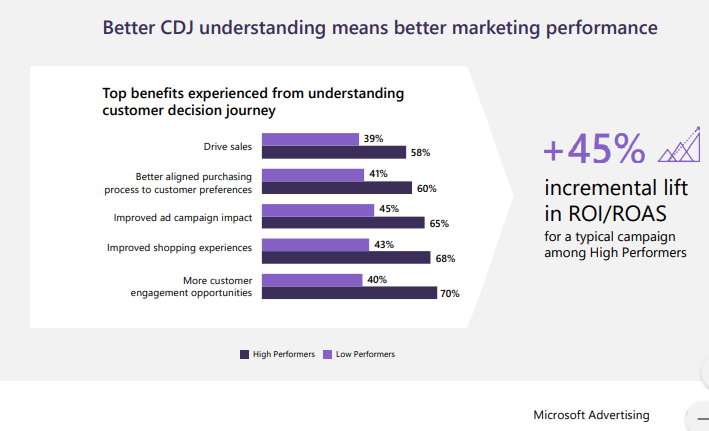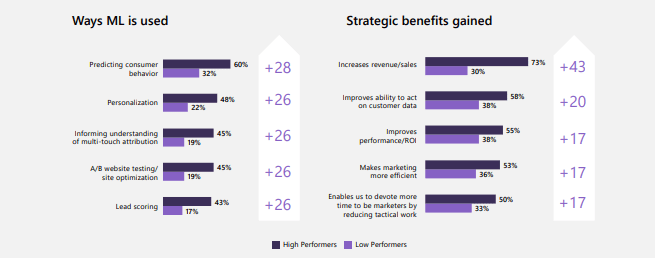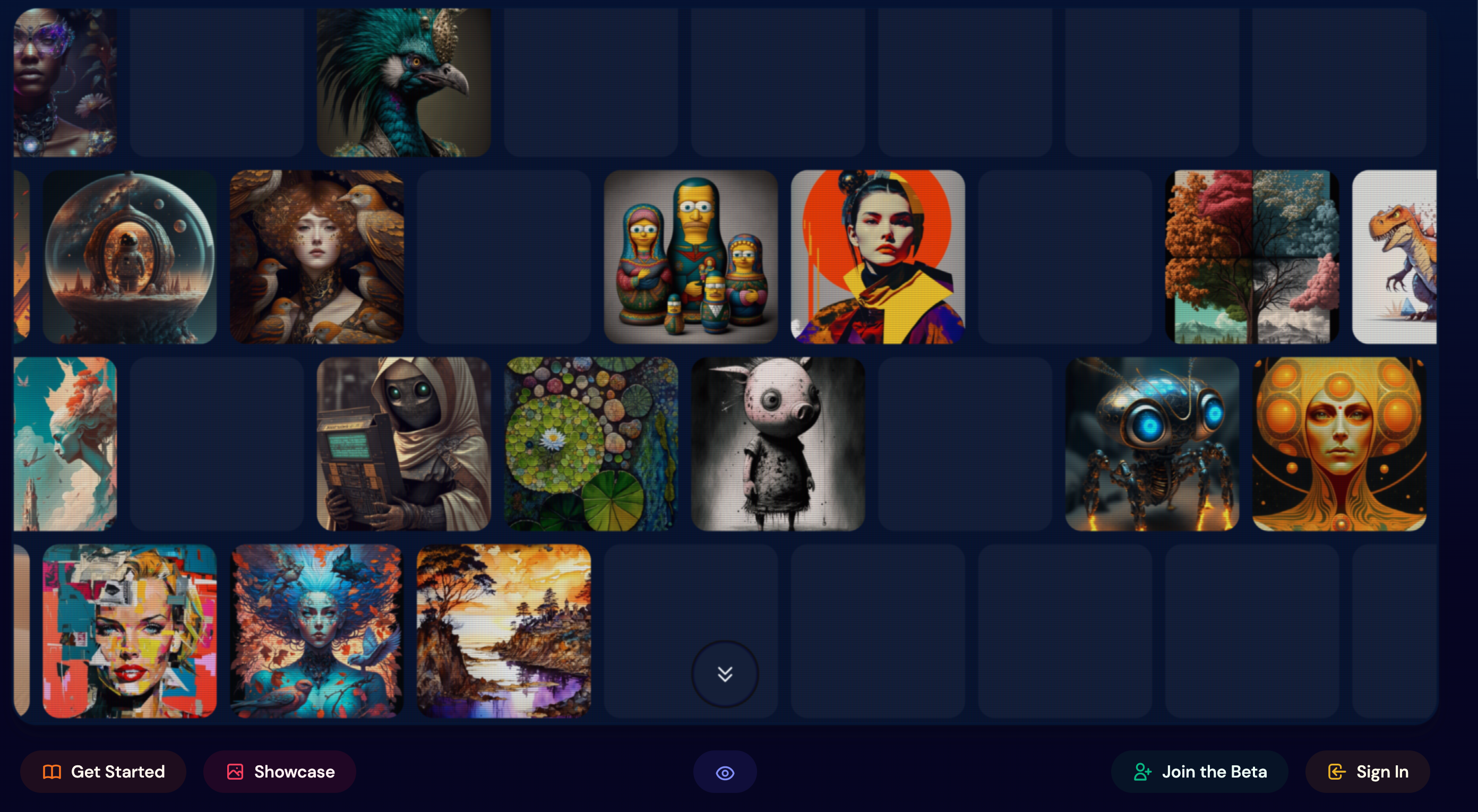Table of contents
- Definition of a CX (customer experience) Marketer
- What does a CX Marketer do?
- CX Marketers make data-driven marketing decisions
What is a Customer Experience (CX) Marketer?
A Customer Experience Marketer is a new kind of marketer, part creative and part data scientist says John Cosley, Director, Global Brand and Digital Marketing at Microsoft/Bing.
Customer Experience is the result of every interaction (touchpoint) a customer has with your business, online and offline, at any stage in their buyer journey.
[bctt tweet=”A customer experience marketer is part creative and part data scientist #cxmarketer #customerexperience” username=”brand_minds”]
Why is customer experience vital to your business?
In this day and age, when digital has levelled the field for any business, customer experience is a competitive differentiator.
How a customer feels about your business is critical for customer growth, retention and advocacy. Long story short – your customer’s experience with your brand could potentially make or break your business.
HubSpot CEO Brian Halligan announced last year that his company replaced the traditional sales and marketing funnel with a new model, the Customer Flywheel. He believes the secret to building a great company is to provide a customer experience 10x lighter than the competition.
Positive customer experience can lead to turning your customers into brand ambassadors thus bringing in new customers & revenue which keeps the flywheel spinning.
Learn more: Goodbye, Marketing Funnel! Hello, Customer Flywheel!
In its 2019 Global Consumer Insights Survey, PricewaterhouseCoopers recommends brands and businesses to include another metric in addition to the traditional ROI – ROX or the Return on Experience. ROX is the metric with which marketers measure the purchase experience of their consumers.
Learn more: ROX is the new ROI
What is the job of the Customer Experience Marketer’s job? What does he/she do?
The customer experience marketer’s job is to create a better experience for the customer at every touchpoint, online or offline, no matter the stage they’re at in the buying journey.
Here are some of the points your customer is interacting with and for which the customer marketer is expected to create a positive experience:
- First contact – What is the customer’s first contact with our brand? How do we want the customer to feel while interacting with our brand for the first time?
- Social media – What does the customer see on our social media? How does our social content make them feel and think? Are these reactions exactly what we want to achieve as a brand?
- In-store – How do our customers feel like in our stores? What do they smell? It’s not a coincidence that the first thing customers smell when they come into any Lidl store is the amazing aroma of delicious pastry. This is a carefully designed customer experience!
- App/Website – Are our customers interacting easily with our app or website? What’s their experience with our digital platforms? Do they get what they want on our app/website with reduced friction and increased speed?
Data is key to unlocking smarter customer journeys.
John Cosley, Director, Global Brand and Digital Marketing at Microsoft/Bing
To create successful experiences that market to the customer journey, the CX marketer has to go through this 3-step process:
- Collect, unify, and analyze 1st-party data;
- Augment their first-party data and close the gaps with 3rd-party data;
- Understand the customer journey and create a holistic view of the customer based on insights provided by data.
CX Marketers make data-driven marketing decisions
In July of 2019, Microsoft Advertising conducted research with marketers and agencies to gather insights on how marketers use data to engage with customers.
The report is called Creating smarter customer journeys: A blueprint for the successful application of data and Artificial Intelligence in improving the customer experience.
It shows that successful CX marketers have adopted a data-driven approach which allowed them to:
- Have a better understanding of the customer decision journey (CDJ);
- Make more informed decisions based on that understanding;
- Improve customer engagement as a result;
- Improve marketing strategy as a whole.
Sources of 1st and 3rd party data according to the Microsoft Advertising report
The following sources provide 1st party data:
- Organic search data
- Site analytics
- Site visitor behaviour
- Customer-relationship management (CRM)
- Call centre data
- Ad serving data
Applications of 1st party data:
- Dynamic personalized creative
- Custom BI reporting
- Journey mapping
- CRM
- email/DR marketing
- Site personalization
The following sources provide 3rd party data:
- 3rd party data providers
- Location data companies
- Market research data (eMarketer, Gartner, Nielsen, HBR, Trendwatching etc)
- Targeting segments from ad partners
- DMP data marketplace (e.g. Oracle, Adobe)
Applications of 3rd party data:
- Customer/segment targeting
- Customer behavioural insights
- Multi-dimension campaign segmentation
- Campaign planning and forecasting
CX marketers who leverage the collected data, reach an in-depth understanding of their customers and their customer decision journey usually see a +45% incremental lift in ROI/ROAS for a typical campaign.

Source: Microsoft Advertising
Here are other results and benefits:
- More opportunities for customers to engage with brands
- Campaigns that better speak to customer needs
- Improved ad campaign impact
- Improved shopping experiences
- Better aligned purchasing processes to customer preferences
- Offers aligned to customer personas
- Personalized future customer decision journeys

Source: Microsoft Advertising
Machine Learning (ML) is another great tool that CX Marketers can leverage to anticipate consumer behaviour and create smarter, more personalized advertising experiences.
Is a CX marketer part of your marketing team?
Join the Conversation
We’d love to hear what you have to say.
Get in touch with us on Facebook Group and Twitter.



















